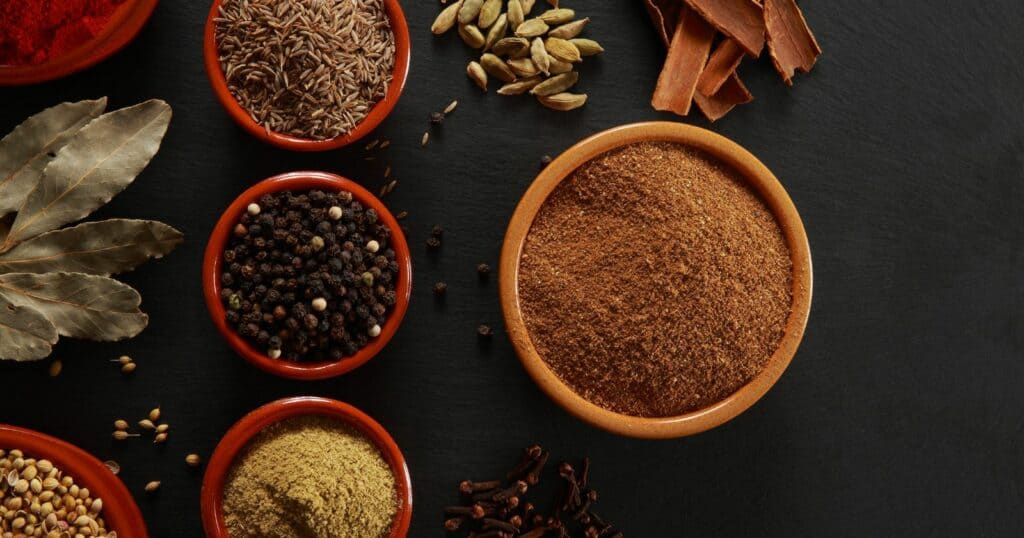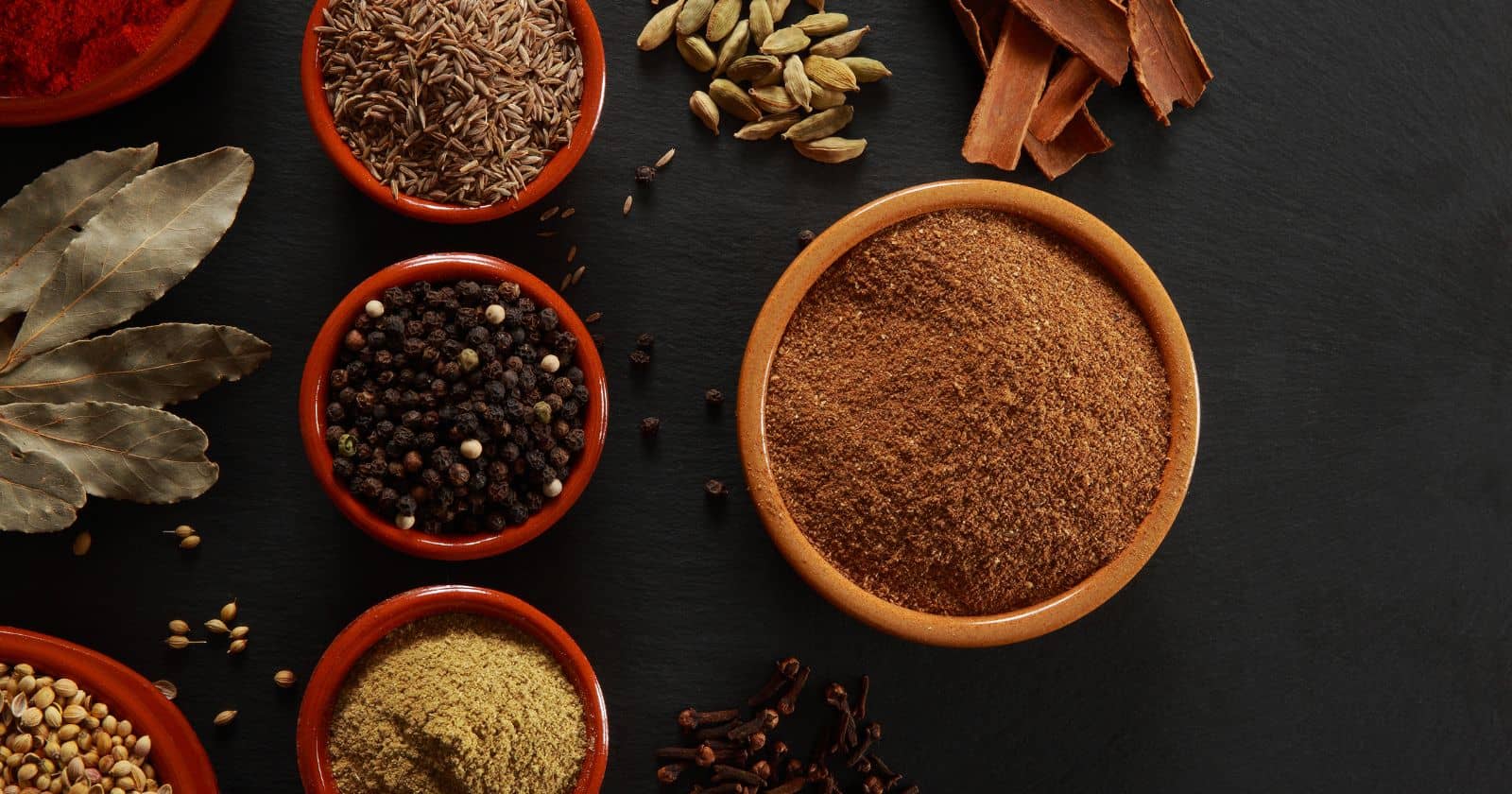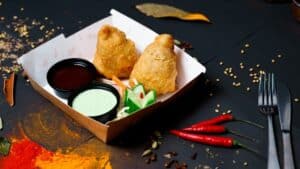The masala
But fret not because this article is here to help you explore the answer. If you want to know more about masala, its history, and its current
What is Masala?
What comes to mind when you read, think, or hear the world masala? For most, one thing comes to mind—curries. However, masala is more than that.
It is a way of life in the subcontinent and has been deeply embedded in their culture since ancient times. For the rest of the world, masala only began getting the praise and attention it deserves.
What is unique about this
But what is masala? In short, masala is a combination of spices. It can have only two or three or even ten or thirty spices in one masala mix. The
However, with the world becoming more global, more folks know about masalas today and are eager to experiment with them.
In fact, culinary enthusiasts, home cooks, and chefs use masala in most of their dishes. The common spices in a standard masala include white and black peppers, cloves, cinnamon, cardamom, red chili pepper, fennel, bay leaves, mace, cumin, and coriander.
Others may also contain garlic powder, onion, and nuts. But note that the masala mixture differs from region to region, depending on what spices the natives like the most.
Therefore, other types may be hotter than others.
Is Masala Spicy?

The masala
Masala is also relatively mild but has an intense spicy taste. The spices are often roasted to bring out the aroma and flavor. The ground spices can be combined with water to create a paste.
Chaat masala and tandoor masala are two of the wide varieties of masala. Chaat masala offers an extra spicy, salt dimension, while tandoor masala has a unique aroma that is fragrant and spicy.
Where Does Masala Originates?
The most typical type of masala invented in Northern India, where cold winter climates called for spices with warming up quality. Also,
What Does Masala Tastes Like?
You will be disappointed if you assume masala tastes like one specific ingredient. It does not because numerous spices make a masala. Of course, it may have a similar aroma to one particular
Masala refers to a mix of ground spices, but you can also utilize the herbs in their natural state in your meals. Nonetheless, you must limit the quantity of every ingredient, or it can overpower the entire dish.
If the masala is to be compared with other items, it may be similar to the Chinese five spices. Nevertheless, the latter has a much sweeter note, while the masala combines various flavors. It also leans more towards heat.
What’s more, the masala which is famous across the globe is likely garam masala, translating to hot or warming spices. The name comes from the spices warming up the body and increasing metabolism.
The most exciting part about a masala is that you can create your blend even in the comfort of your home. If you are familiar with the common spices present in the masala, you can simply purchase the spices and ground them at home to create a unique product. How cool is that?
You can even purchase masalas containing only one
When it comes to taste, it will depend on which spices you utilize and where you purchase them. For example, masala in North India is mild and aromatic, while it is hotter in the South. Nonetheless, with plenty of fragrance, you will still have all the flavors, including earthy, hot, tangy, and sweet.
What’s the Difference between Masala and Curry Powder?
Both curry powder and garam masala are utilized to add color and flavor to dishes. One of the significant differences between them is that the latter does not contain turmeric, considered one of the critical elements in curry powder, imbuing recipes with a yellow color.
Masala is often utilized as a final seasoning in a dish, mixed in at the end of the cooking time. On the other hand, curry powder is used earlier in the process.
How to Use and Cook Masala?

It is fantastic to talk about this topic because there are many things you can do with masala, as stated earlier. While it is an essential item in curries, you can also use it in various specialties.
If you’re using whole spices, it is best to utilize the masala at the beginning of your cooking. Nonetheless, if you’re using the powder version, it will help if you use it towards the end of your cooking.
The spices are already grounded and toasted, so it does not need to cook more. You can use the masala to create dishes like aloo gobi, saag paneer, sambar, chicken tikka masala, biryani, dal makhana, and chana masala, among others.
You can also try masala tea or masala chai—a favorite beverage in numerous places in India. Remember that when masala, ensure you do not use more than the suggested amount, or the dish’s flavor will get overpowered.
Add only the right amount and enjoy saucy, earthy, spicy, and filling dishes. There’s also one concept to bear in mind. It would help if you did not mistake masala with curry powder because the two are different products.
Final Thoughts
One thing is for sure—you won’t get tired of using masala in your dishes. With many blends available, you have one for each type of dish. Feel free to visit any Indian store in your local area, and you’ll get the fragrance of one-of-a-kind
Purchase some varieties and collect recipes to create your version of Indian foods. It guarantees that every dish will be delicious and everybody will return for more.





